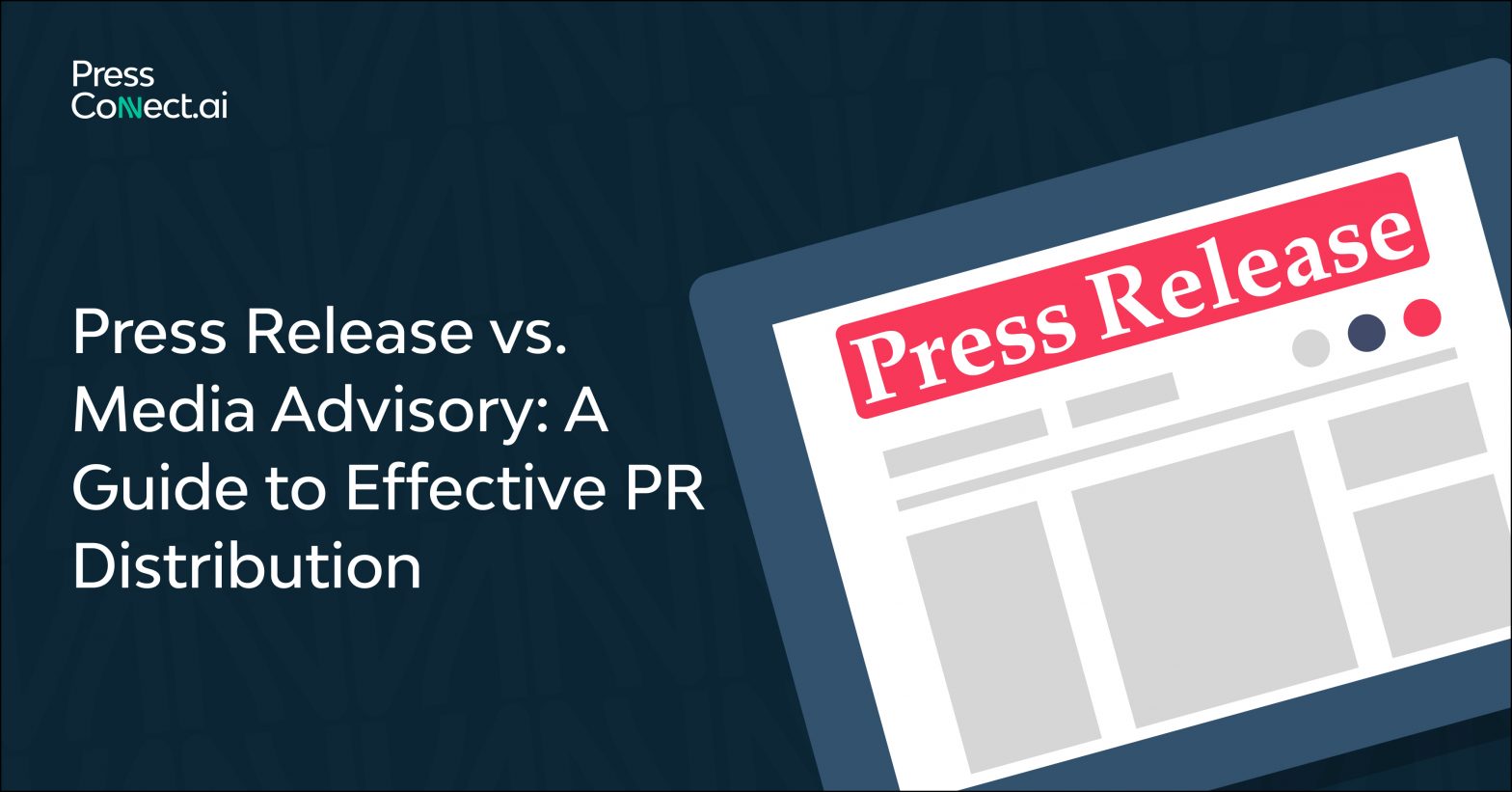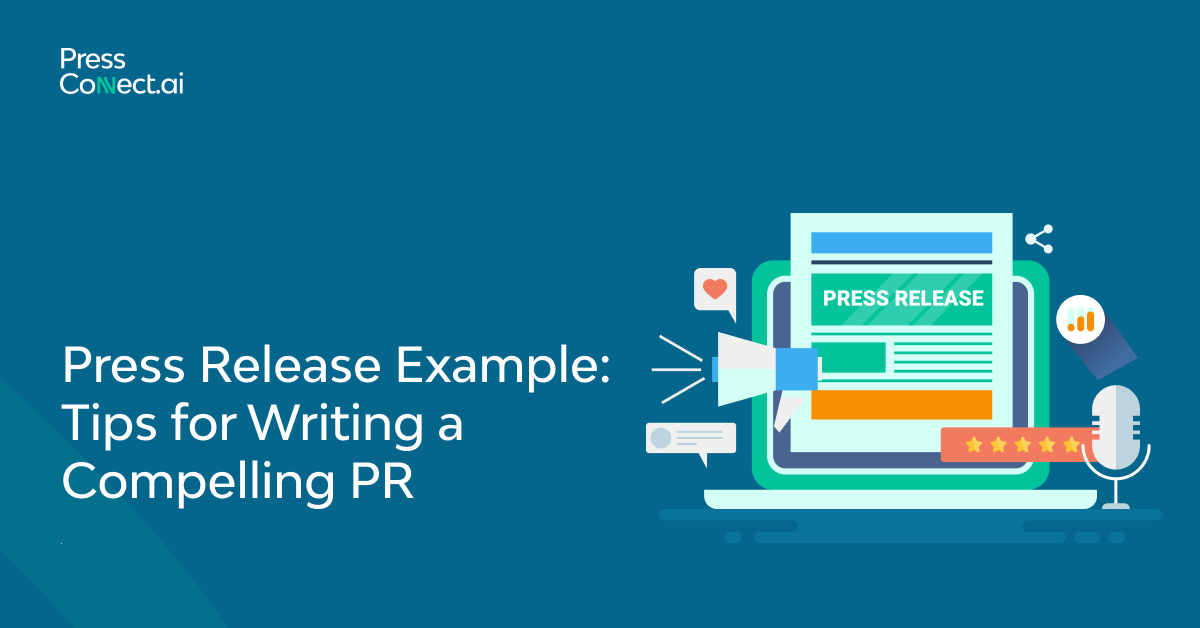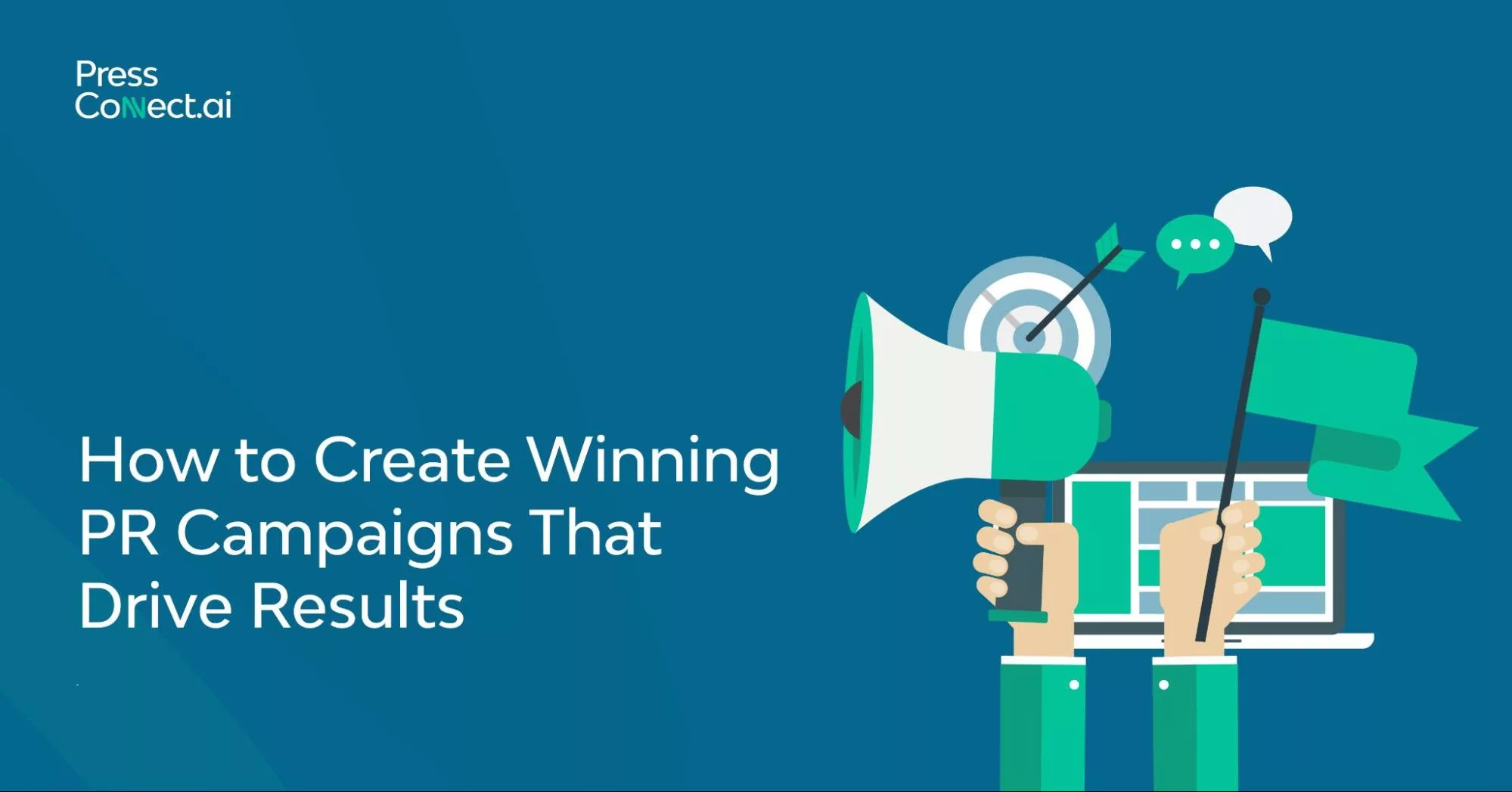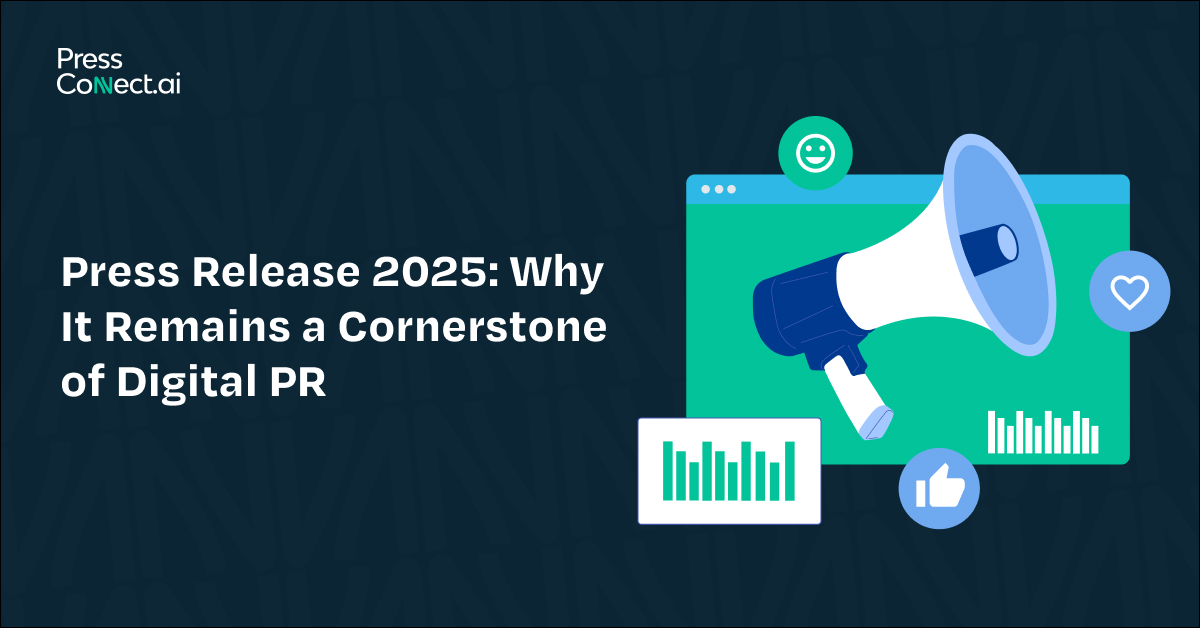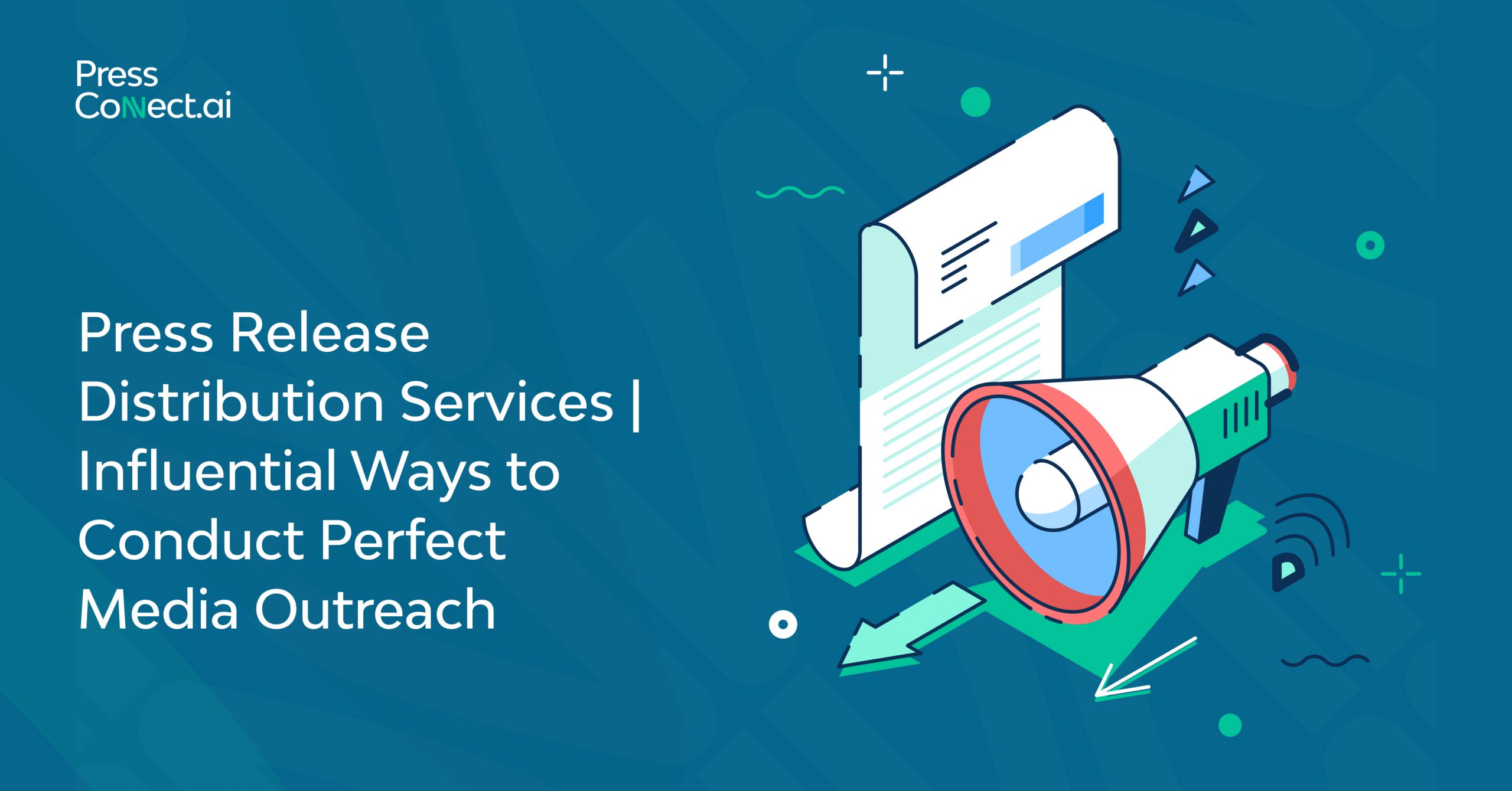Press Release vs. Media Advisory: A Guide to Effective PR Distribution
The media field overwhelms its journalists with countless press releases while the reporters face information overload beyond their reading capacity. Sending a press release does not equal guaranteed media attention because your PR approach has already reached a losing position. The harsh reality? Most media outlets fail to respond to pitches not because the news lacks significance but mainly due to inadequate media engagement from companies.
This misconception about using a press release for news coverage exists, although journalists exercise discretion when deciding which pitches to accept. The media representatives lack the time to analyze lengthy texts while searching for your announcement’s essential message. The success rate between media coverage and rejection depends mainly on selecting between delivering information through a media advisory or a press release.
A media advisory is an efficient alert system for journalists, informing them about upcoming events, press conferences, and significant breaking news developments. Most PR professionals make two critical mistakes by sending extensive irrelevant press releases instead of using brief media advisories or sending weak incomplete media advisories, which fail to interest journalists.
The noise level today demands a question: does your PR strategy succeed in getting through, or does it join the growing amount of unnoticed communication? This article will examine major mistakes and proper methods for capturing media attention correctly.
What Is a Press Release?
A press release is an official announcement with a specified structure, providing media outlets and public viewers with news about main events, product launches, and business developments. An official business declaration operates as a document that journalists can immediately transform into news content due to its specialized format.
The structure of a press release consists of essential elements that journalists can readily utilize for their reporting.
Key Elements of a Press Release
A successful press release requires following specific organizational guidelines, which maintain journalistic conventions. The key components include:
- A powerful title makes up the first element because it serves as an attention grabber and summary of the news announcement.
- News origin point and release date appear at the document’s beginning as Dateline.
- The initial paragraph contains all fundamental information by answering questions about who, what, when, where, why, and how.
- The body presents supporting details that elaborate on the news content through executive interview statements, statistical figures, and historical facts.
- The press release contains a concise organization overview that provides background on the news source company.
- Journalists should contact us through the media representative who provides their identification, including email and telephone details.
When to Use a Press Release
A press release is the optimal solution for distributing precise newsworthy data that reaches journalists and the news audience. Press releases need to be utilized under the following typical circumstances:
- Changes in leadership, mergers, acquisitions, or company rebranding.
- Companies use product launches as their primary strategy to introduce new market offerings, including products or services, along with innovative technologies.
- Company Milestones demonstrate the celebration of both anniversary events and partner collaborations and award achievements with important milestones.
- Organizations use crisis communication to handle issues concerning public relations, corporate crises, and necessary damage control situations.
Examples of Effective Press Releases
A superior effective PR combines clarity and factual content while offering news value to readers. Some notable examples include:
- Apple produces organized press releases that showcase upcoming iPhone features and product launch dates before each new product launch.
- The press releases from Netflix about market entry specify how the company impacts the new location, spending plans, and unique programming options.
- Through its press releases, Tesla’s Innovation Updates presents Elon Musk’s company with opportunities to unveil new technology, which both media organizations and the customer base find engaging.
The entire goal behind a successful press release revolves around distributing news content and making it journalist-development-worthy material for coverage. Properly presenting your message and genuine news value will help you attract media coverage, leading to a more significant impact.
What Is a Media Advisory?
The media advisory is an official invitation that offers essential information for journalists to attend and report on an event. A media advisory exists to share minimal event information that motivates the press to participate in and cover an upcoming event. A media advisory acts as a save-the-date notice by making the readers understand why they should pay attention to an upcoming event.
The Basic Parts of Media Advisory Structure
Media advisories follow basic formatting to present who hosts the event, what will take place, why it is news, when and where it occurs, and why it matters. The entity that manages the event needs this role.
- Who: The organization or individuals hosting the event.
- What: A brief description of the event and why it’s newsworthy.
- When: The date and time of the event, including time zones, if necessary.
- Where: The event location (physical or virtual), with links or directions if applicable.
- Why: The significance of the event—why the media should attend and how it impacts the audience.
Give easy access to the person in charge of PR and media contacts.
Key individuals are available for both interview sessions and media photography requirements.
When to Use a Media Advisory
Media advisories effectively bring journalists to events that demand media attention. Everyday use cases include:
- Company leaders conduct open appearances to deliver important announcements about the firm and government updates alongside crisis responses.
- Inviting journalists to exclusive previews or demonstrations.
- News organizations actively promote nonprofits by sharing information about events that benefit the community.
- Our service sends first notice about arriving news events or upcoming releases.
Examples of Well-Crafted Media Advisories
- NASA starts space missions by distributing media advisories that list the briefing schedule and who is speaking.
- Candidates who send media advisories to reporters guarantee their speeches and political announcements receive full media coverage.
- Technology companies organize product demonstrations for journalists at Google and Microsoft before new device and software launches.
PR experts increase their chances of media coverage by producing media advisories that present essential event data to journalists.
| Aspect | Press Release | Media Advisory |
| Format & Structure | Formal, structured like a news article with full details. | Brief, bullet-point format with only essential details. |
| Purpose | It tells a complete story designed for media publication. | It serves as an invitation for journalists to attend events. |
| Length | Typically 400-600 words. | Short, usually under 200 words. |
| Storytelling Approach | Detailed, includes quotes, background, and supporting info. | Straight to the point—no fluff, just key facts. |
| Audience | Journalists, media outlets, and the general public. | Specifically targeted at journalists and news desks. |
| When to Use | Significant announcements, product launches, and corporate news. | Press conferences, media events, and breaking news alerts. |
| Distribution Strategy | Sent via newswires, email, company websites, and social media. | Sent directly to journalists via email or media contacts. |
| Call to Action | Encourages journalists to write about the topic. | Encourages journalists to attend and cover an event. |
Best Practices for PR Distribution
Your chances of getting media attention for a good story depend on your practical distribution skills. Whoever struggles to transmit their news will miss opportunities even with excellent content. The following steps will help you get media exposure more easily:
Tailoring the Message for Journalists and Media Outlets
Journalists handle a massive number of pitch emails that sometimes reach 100 or more daily. A media advisory or press release requires targeted content that matches specific media outlets’ needs, or editors will dismiss it. Following these methods will boost your chance of press coverage.
- Study the workplace and niche information of news outlets that write about your sector.
- Adjust your pitch by bringing up items that directly interest the media professional.
- Focus on delivering direct information right at the beginning.
Choosing the Right Distribution Channels
Your distribution strategy should match your business goals since various methods work differently for press releases. Consider the following options:
- The most direct and personal approach for reaching journalists. Focus on creating a compelling subject line and writing a short, direct message.
- As the top PR distribution platform, Press Connect makes delivering your news to suitable media outlets simple. Our platform links your press releases and media advisories to matching journalists and connects them to the perfect audience results.
- When posting to professional networks, LinkedIn, Twitter X, and social media allow you to create better media exposure.
Having your press releases on your website offers long-term online access for interested readers.
Timing Considerations for Maximum Media Impact
The period you select to distribute PR content dramatically affects those who notice your news before other breaking media ends. Best practices include:
- Review pending news events because they can interrupt your message visibility.
- The best time to reach journalists with story releases is between 8 and 10 AM on Tuesday or Wednesday for early delivery.
- When distributing your information, reach journalists in their time zones throughout national and international broadcasts.
Follow-Up Strategies to Increase Engagement
Because journalists work under tight deadlines, prompt follow-up can improve their response chances. The distinction between being persistently helpful and becoming unwanted is fragile.
- Get back to the journalist in the first two days if they do not respond.
- A simple yet respectful follow-up message should explain how the information remains vital to journalists.
- Enhance your pitch by sharing unique information.
- Connect with journalists through social networks and show support for their work ahead of your pitch initiative.
You will enhance your press release outreach by using Press Connect as your PR distribution partner and following these strategy tips.
Mastering PR: The Key to Media Success
Your PR results depend strongly on choosing between a press release or a media advisory tool. Deciding between press releases and media advisories at appropriate moments helps reach the proper media professionals at critical times. You can improve your media success by adapting your messages to what journalists want while using specific PR tools like Press Connect to target your audience correctly and using good timing plus follow-ups to win their attention. Your PR strategy will achieve better results when you combine press releases with media advisories. Send news that genuinely captures attention.
